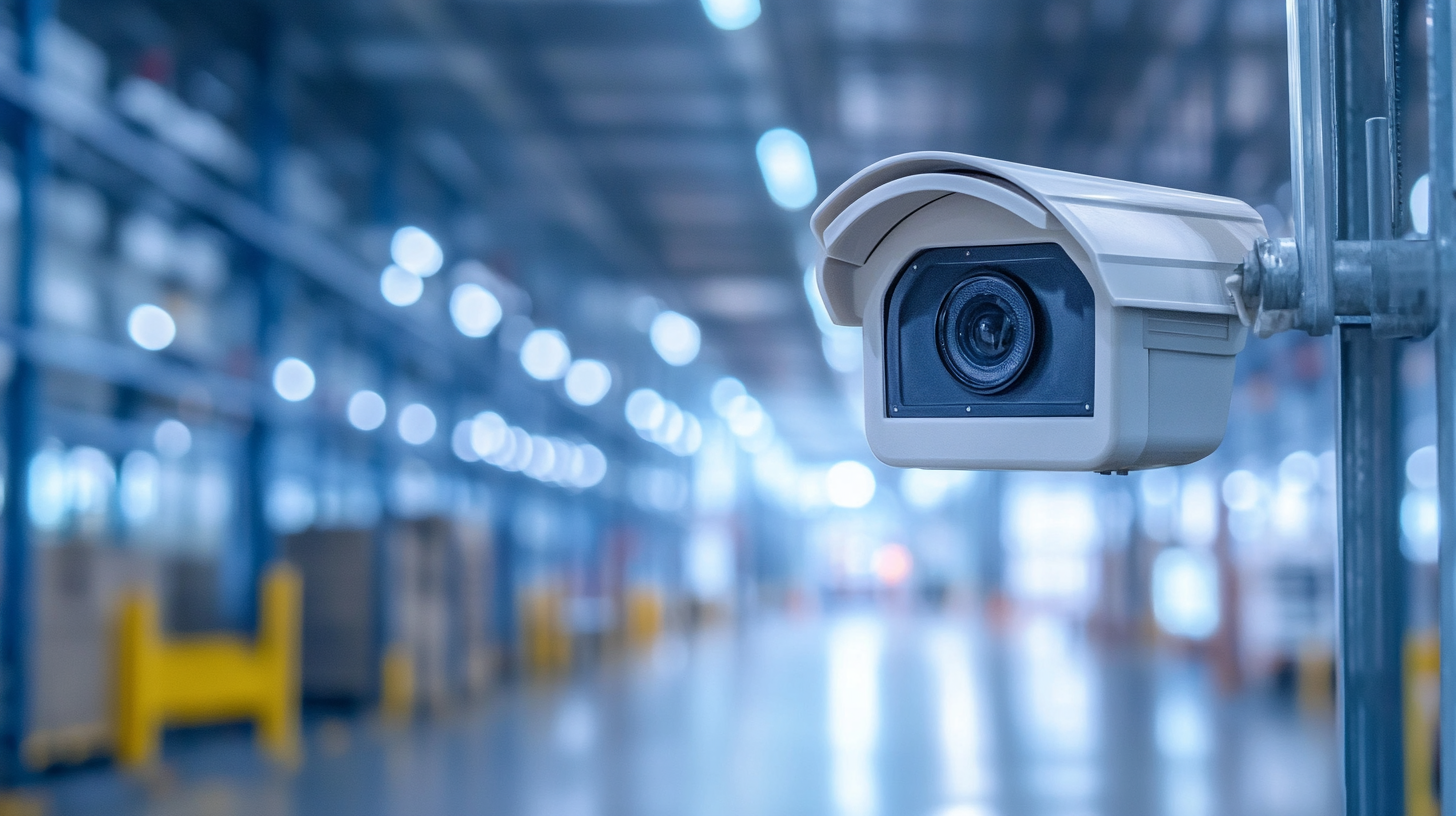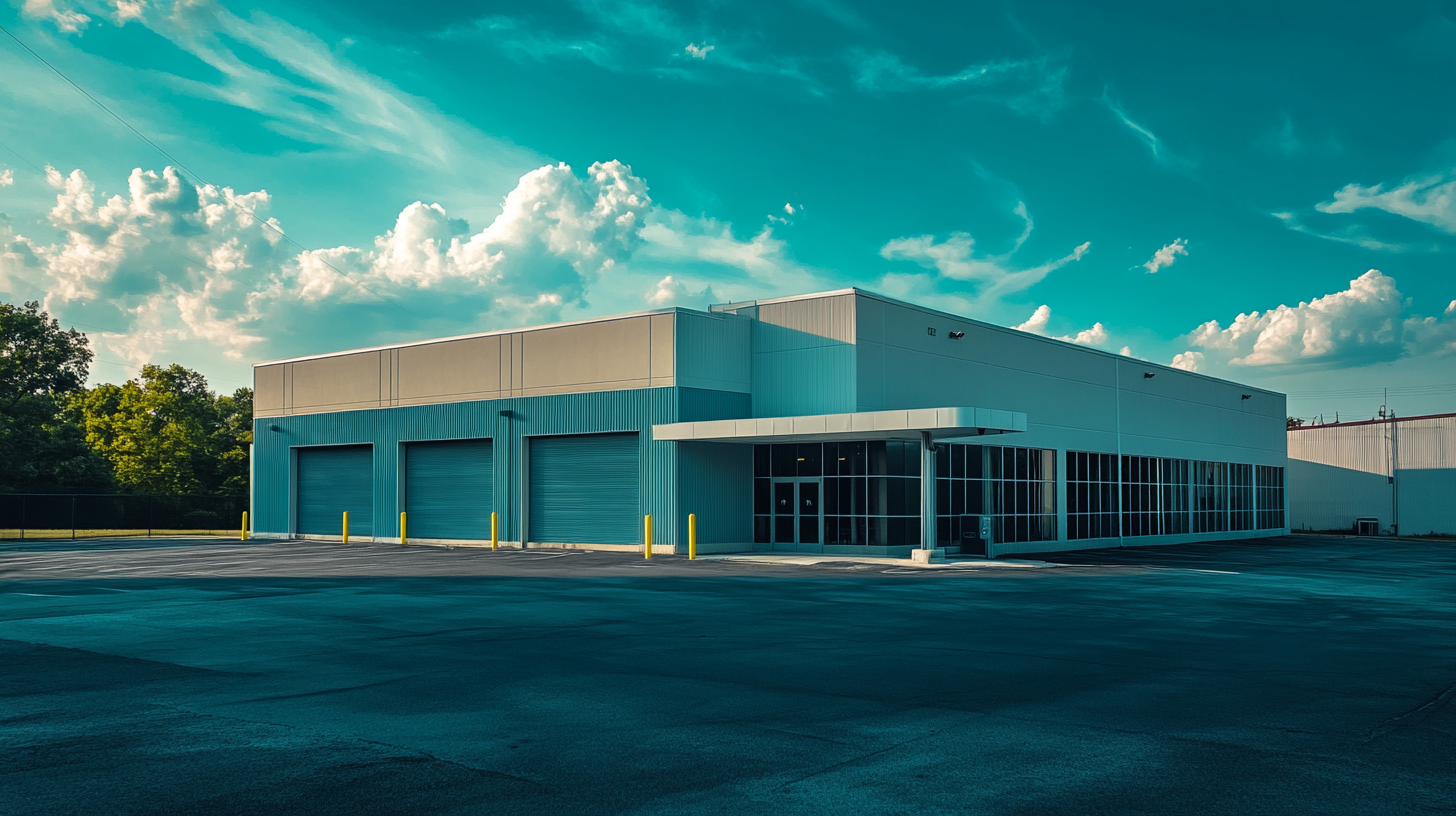In the fast-paced world of warehousing, safeguarding your assets and ensuring the well-being of your employees are paramount. Warehouses are bustling hubs of activity, housing valuable inventory and employing numerous workers. As such, implementing robust security strategies is essential. This comprehensive guide will walk you through effective measures to protect both your inventory and your employees.
Understanding the Importance of Warehouse Security
Warehouse security is not just about preventing theft. It encompasses a range of practices designed to protect inventory, employees, and the facility itself. Effective security strategies can prevent accidents, enhance operational efficiency, and reduce financial losses.
The Multifaceted Nature of Warehouse Security
Warehouse security involves multiple dimensions, from physical safeguards to procedural protocols. It includes managing access, monitoring activities, and maintaining safety standards. By understanding the full scope of security, businesses can better protect their assets and employees.
The Cost of Inadequate Security
Failing to implement proper security measures can lead to significant financial losses. Theft, vandalism, and workplace accidents can disrupt operations and damage a company’s reputation. Inadequate security can also lead to legal liabilities if safety standards are not met. Ensuring a secure environment can mitigate these risks and foster a safer, more productive workplace.
The Impact on Employee Morale
A secure workplace enhances employee morale and productivity. When employees feel safe, they are more likely to be engaged and focused on their tasks. Furthermore, a commitment to security demonstrates a company’s dedication to its workforce, fostering loyalty and reducing turnover.

Key Warehouse Security Strategies
Implementing a comprehensive security plan involves multiple layers of protection. From physical barriers to advanced technology, here are some key strategies to consider.
Access Control Systems
Access control systems are vital for regulating who enters and exits your warehouse. These systems can range from simple lock-and-key mechanisms to sophisticated biometric scanners. By restricting access to authorized personnel only, you reduce the risk of theft and unauthorized entry.
Types of Access Control Systems
Access control systems vary in complexity and functionality. Basic systems include traditional locks and keys, while more advanced solutions use card readers or biometric scanners. Each system has its benefits and should be chosen based on the specific needs of the warehouse.
Benefits of Access Control
- Enhanced Security: Limits access to sensitive areas, reducing the risk of theft and unauthorized entry.
- Employee Accountability: Tracks employee movements within the facility, promoting responsibility and transparency.
- Integration with Other Systems: Can be combined with surveillance and alarm systems for a cohesive security approach, enhancing overall effectiveness.
Surveillance Systems
Surveillance cameras are a cornerstone of any warehouse security strategy. They deter potential thieves, monitor employee activity, and provide valuable evidence in the event of an incident.
Types of Surveillance Cameras
Surveillance systems can include a range of camera types, such as fixed, PTZ (pan-tilt-zoom), and infrared cameras. Each type serves different purposes and provides varying levels of detail and coverage.
Tips for Effective Surveillance
- Strategic Placement: Install cameras at key entry points, loading docks, and storage areas to maximize coverage and deterrence.
- Regular Maintenance: Ensure cameras are functioning properly and maintain clear visibility to prevent blind spots.
- Remote Monitoring: Utilize systems that allow for off-site monitoring to enhance security coverage and provide real-time alerts.
Employee Training and Awareness
Educating employees about security protocols is crucial. Training sessions should cover emergency procedures, proper equipment use, and the importance of reporting suspicious activity.
Designing Effective Training Programs
Training programs should be comprehensive and tailored to the specific roles and responsibilities of employees. They should include interactive elements to engage participants and reinforce learning.
Creating a Culture of Security
- Regular Training: Conduct ongoing training sessions to keep security top of mind and address any changes in protocols.
- Clear Communication: Ensure employees understand their roles in maintaining a secure environment and the importance of adherence to protocols.
- Encourage Reporting: Create a system for employees to report security concerns without fear of retribution, fostering a proactive security culture.
Physical Security Measures
Physical barriers can deter unauthorized access and protect your inventory. Consider the following measures:
- Fencing and Gates: Secure the perimeter with robust fencing and controlled entry points to prevent unauthorized access.
- Lighting: Ensure the facility is well-lit to deter intruders and enhance visibility for surveillance cameras, reducing the risk of undetected breaches.
- Secure Storage: Use lockable storage containers for high-value items, ensuring that valuable inventory is protected even within the warehouse.
Enhancing Warehouse Safety
While security is crucial, safety should not be overlooked. Implementing safety measures protects employees and minimizes accidents, contributing to a more secure facility overall.
Safety Protocols and Equipment
- Protective Gear: Ensure employees wear appropriate safety gear, such as helmets, gloves, and high-visibility vests, to prevent injuries.
- Emergency Exits: Clearly mark and keep emergency exits unobstructed to ensure quick and safe evacuations in case of an emergency.
- Fire Safety: Install smoke detectors, fire alarms, and extinguishers throughout the warehouse to detect and combat fire hazards promptly.
Regular Safety Audits
Conduct regular safety audits to identify potential hazards and ensure compliance with safety regulations. These audits can help you address issues proactively and maintain a safe working environment.
Steps in Conducting Safety Audits
- Hazard Identification: Inspect the facility to identify potential safety hazards or violations.
- Policy Review: Assess current safety policies to ensure they meet regulatory requirements and best practices.
- Follow-up Actions: Develop action plans to address identified hazards and improve safety protocols.

Technology’s Role in Warehouse Security
Advancements in technology have significantly enhanced warehouse security capabilities. From AI-driven analytics to IoT devices, technology can provide real-time insights and improve response times.
Integrating Technology into Security Plans
- IoT Devices: Use sensors to monitor environmental conditions and detect anomalies, such as temperature fluctuations or unauthorized movement.
- AI Analytics: Implement AI systems to analyze surveillance footage and identify unusual activities, allowing for rapid response to potential threats.
- Automated Systems: Utilize automated systems for tasks like inventory management and access control to minimize human error and enhance efficiency.
Leveraging Data for Security Enhancement
Data collected from security systems can be analyzed to identify trends and improve security measures. By understanding patterns in security breaches or incidents, companies can proactively adjust their strategies.
The Human Element in Security
While technology plays a significant role, human vigilance remains crucial. Security personnel should be trained to respond effectively to incidents and work in tandem with technological systems.
Building a Security Team
- Hiring Qualified Personnel: Select individuals with a strong background in security, ensuring they have the necessary skills and experience.
- Ongoing Training: Provide continuous training to keep security personnel updated on the latest threats and response techniques, enhancing their effectiveness.
- Collaboration: Encourage collaboration between security staff, management, and employees to foster a comprehensive security culture and ensure everyone is aligned in their efforts.
The Role of Leadership in Security
Leadership plays a critical role in establishing and maintaining a secure warehouse environment. By prioritizing security and safety, leaders set the tone for the entire organization and ensure that these values are integrated into everyday operations.
Conclusion
Protecting your warehouse’s inventory and employees requires a multifaceted approach that combines physical measures, technology, and human vigilance. By implementing these strategies, you can create a secure environment that minimizes risks and enhances operational efficiency. Remember, a well-protected warehouse not only safeguards assets but also ensures a safe and productive workplace for everyone involved.
Implement these strategies to keep your warehouse secure, and you’ll be well on your way to achieving peace of mind and operational success.
Contact Matson Alarm of Tennessee for Expert Security Solutions
If you’re ready to enhance the security of your warehouse and protect your valuable assets, contact Matson Alarm of Tennessee today. Our team of experts is dedicated to providing tailored security solutions that meet your specific needs. Don’t wait until it’s too late—ensure the safety of your inventory and employees now!
Contact us today to schedule a consultation and discover how we can help you implement effective security strategies for your warehouse.


